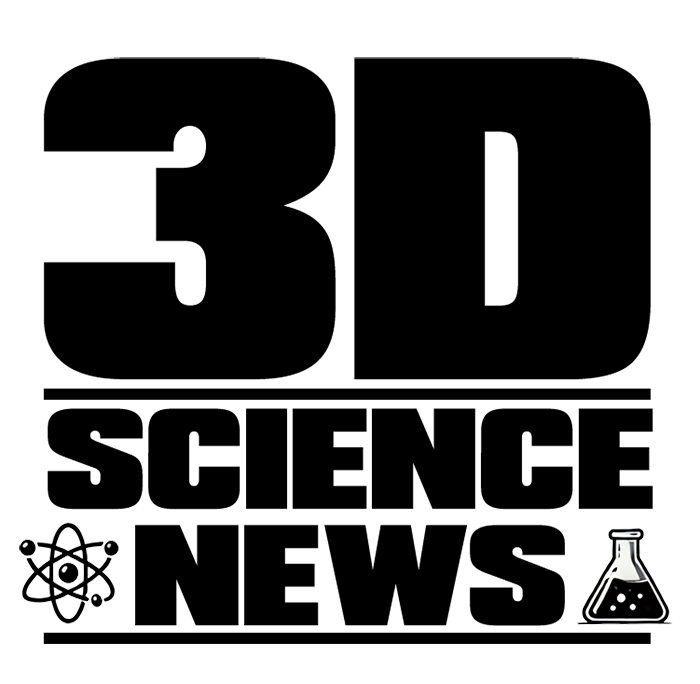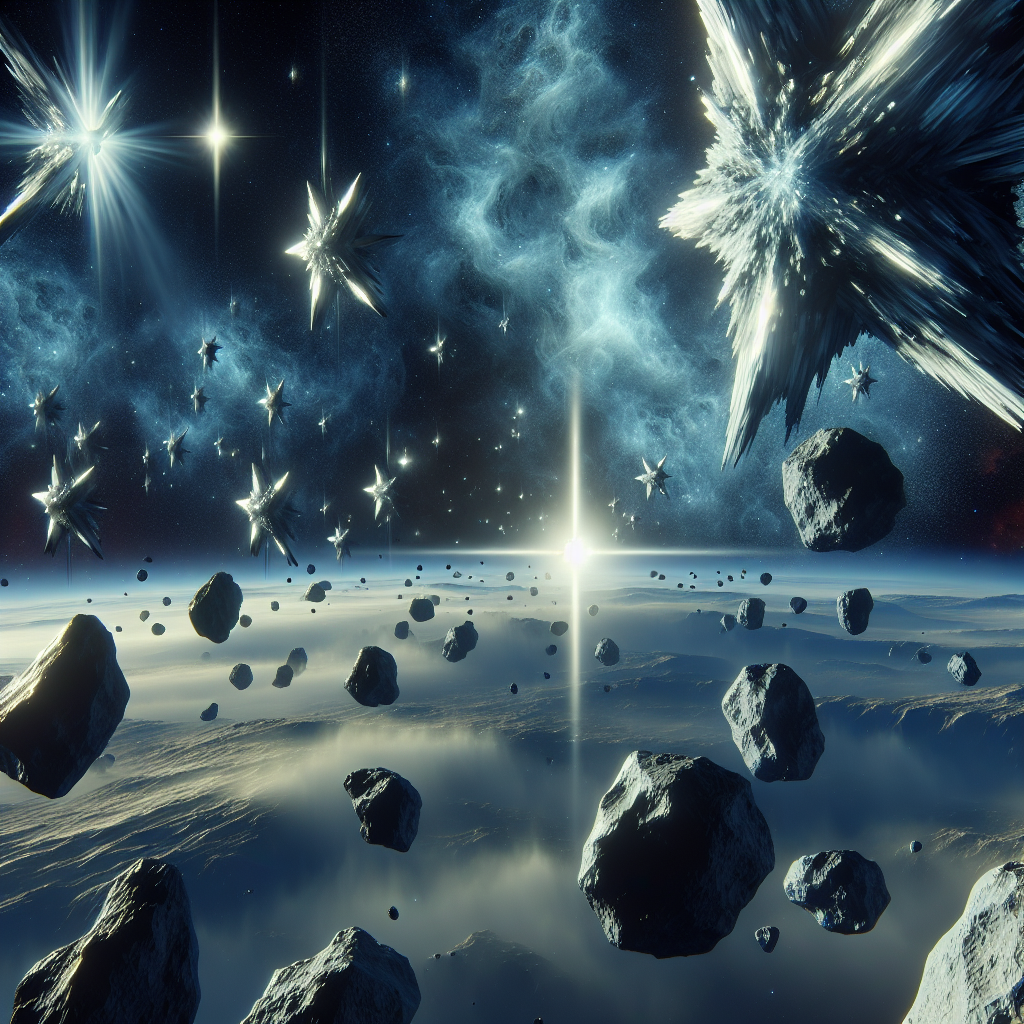Venus: The Cosmic Cloak of Doom
In a plot twist worthy of a sci-fi blockbuster, it turns out Venus has been playing a cosmic game of hide-and-seek with Earth, shielding a trio of city-leveling asteroids from our prying telescopes. These celestial boulders, affectionately named 2020 SB, 524522, and 2020 CL1, are not just minding their own business. No, they’re dancing dangerously close to Earth, with a penchant for unpredictability that would make even the most seasoned gambler sweat. The researchers, hailing from Brazil, France, and Italy, have revealed that these asteroids are hidden by the Sun’s glare, making them harder to spot than a needle in a cosmic haystack. Their orbits, synchronized with Venus, are a ticking time bomb, ready to be nudged Earthward by the slightest gravitational hiccup.
Rubin Observatory: Our Last Line of Defense
Fear not, Earthlings, for the Rubin Observatory in Chile might just be our salvation – if only for a fleeting moment. This observatory could potentially spot these celestial marauders as they tiptoe out from behind Venus, but the window of opportunity is as short as a politician’s promise, lasting a mere two to four weeks. If one of these rocky behemoths were to make an unannounced visit to our planet, the aftermath would be less ‘welcome party’ and more ‘end-of-the-world spectacle,’ with craters two miles wide and energy releases that make Hiroshima look like a firecracker. The astronomers suggest launching a dedicated space probe toward Venus to map these sneaky space rocks, but until then, we’re left with our fingers crossed and our eyes on the sky.
The Wobbly Waltz of Venus Co-Orbitals
Enter the Venus co-orbitals, a group of asteroids that have taken up synchronized swimming with our sister planet. While this cosmic choreography keeps them safe from Venus, it does nothing to protect us from their unpredictable paths intersecting with Earth’s orbit. The international team, led by the astute Valerio Carruba of São Paulo University, warns that these asteroids are like dancers with two left feet, prone to stumbling into our path with potentially catastrophic consequences. With a Minimum Orbital Intersection Distance (MOID) barely closer than a cosmic hair’s breadth, these asteroids are closer to us than the Moon’s average distance. It’s enough to make you wish for a planetary helmet.
2024 YR4: The Moon’s Potential Punching Bag
While we’re dodging asteroids like an interstellar version of dodgeball, there’s another space rock, 2024 YR4, with its sights set on the Moon. NASA has ruled out a direct Earth impact, but the Moon might not be so lucky, with a 1-in-25 chance of getting a new crater. Should this happen, it would be the first time scientists could watch a lunar impact in real-time, a spectacle that promises to deliver more scientific insights than a year’s worth of lunar selfies. The blast would be a cosmic fireworks display, 500 times more powerful than the Hiroshima bomb, but don’t worry, Earth will remain unscathed – unless, of course, you count the inevitable spike in doomsday memes.
Key Facts Worth Knowing
- •Venus hides city-killing asteroids from our view, posing a potential threat.
- •Asteroids 2020 SB, 524522, and 2020 CL1 are dangerously close to Earth’s orbit.
- •A collision could release over a million times more energy than the Hiroshima bomb.
- •The Rubin Observatory may spot these asteroids but only for 2 to 4 weeks.
- •A space probe to Venus could help map these hazardous asteroids.





